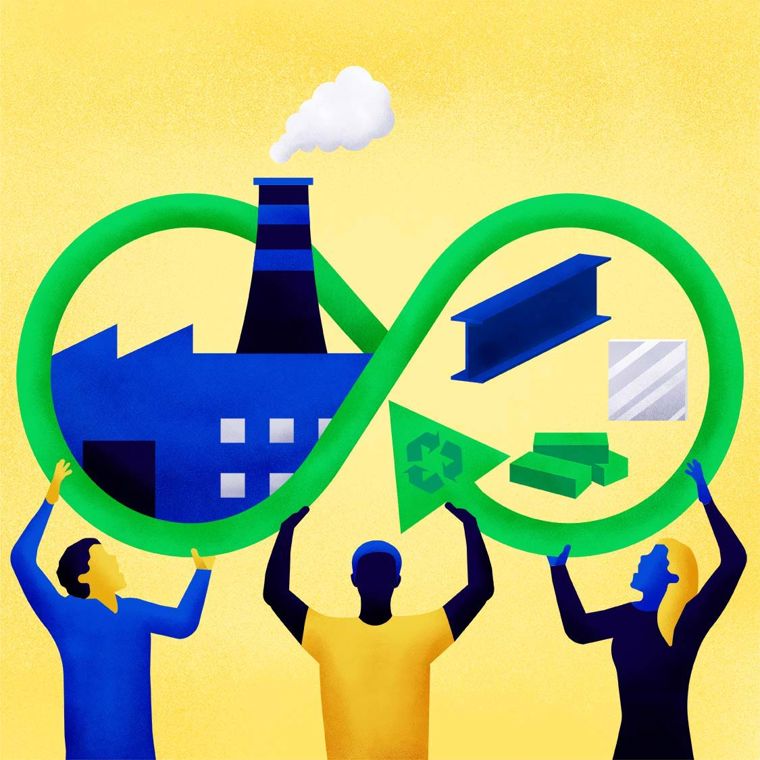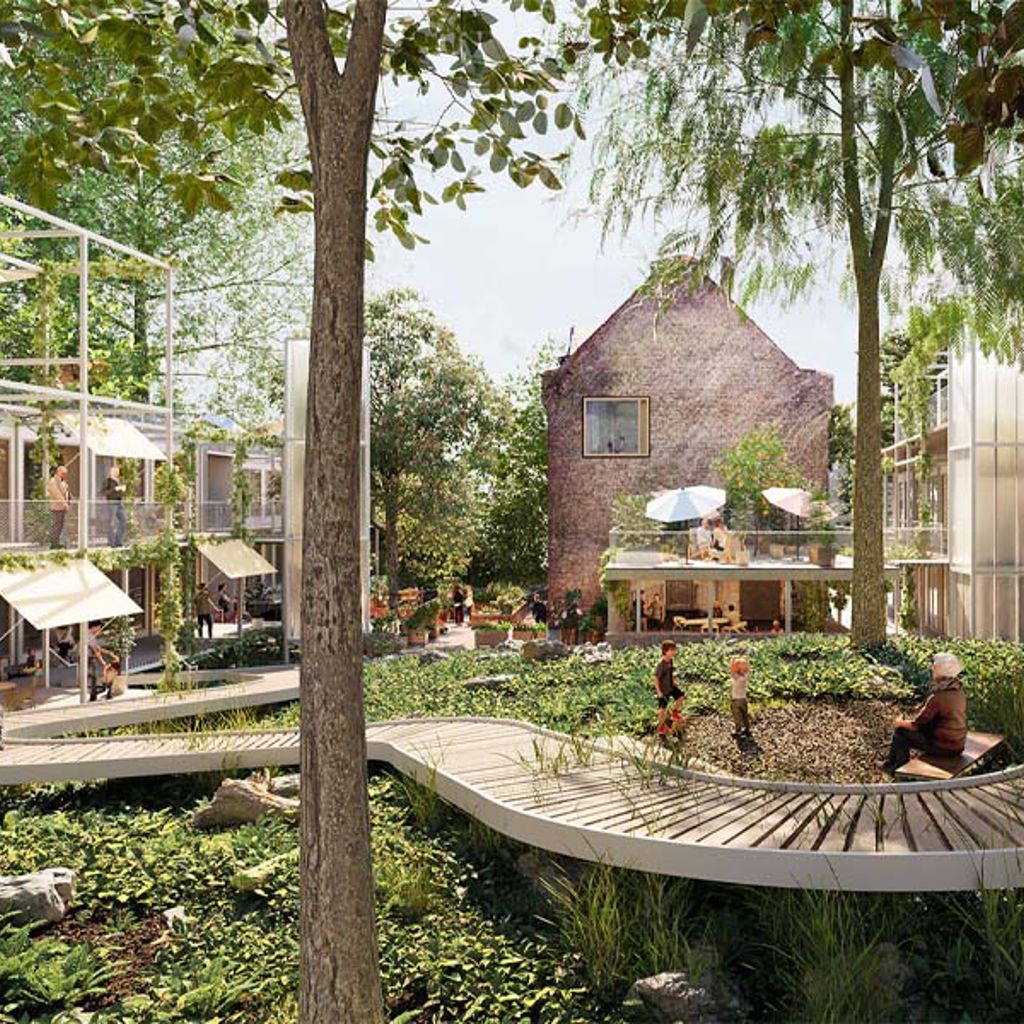What is the circular economy?

Throughout the industrial age, our economic model has followed a linear path from the extraction of raw materials to the production, use and disposal of products.
It was the fastest route from A to B and made vast profits for businesses whilst allowing consumers to buy mass-produced items relatively cheaply. However, this low cost, high profit model never took into account the costs of waste, pollution and carbon emissions that are inherent in a linear, ‘take, make, use, dispose’ economy.
These by-products of the manufacturing process have gone a long way to contributing to the ecological, climate and social problems we are facing today, with rising temperatures, falling biodiversity, and social inequality all accelerating. To repair the damage caused by the fossil fuel economy, a new economic model has been devised, one where the entire lifespan cost of products is accounted for. It’s designed to reduce waste and pollution, and to protect the finite natural resources of our planet. This new model is called the circular economy.
The core principles of the circular economy are to produce goods that use fewer virgin resources, have a longer lifespan, and which are designed to be repaired, recycled or re-used at end of life. This approach has profound implications for the built environment – a sector that consumes huge quantities of resources and generates significant waste – ones which we at Arup have begun to explore. Discover our circular buildings toolkit for designers or learn more about the topic.
Reuse, restore, regenerate
The circular economy is restorative and regenerative by design, with each stage of the product life cycle being rethought to design out wastage, to keep materials in use, and to regenerate natural systems. The end goal is to conserve resources, as well as to improve the natural environment for both humanity and vital global ecosystems.
For businesses, as traditional revenue streams shut down, new opportunities will open up. By shifting operations to align with a circular model, there will be fewer costs associated with mining natural resources, reduced volatility in materials supply due to the burgeoning recycling trade, new demand for business services such as remarketing and reverse logistics, and the opportunity to develop deeper relationships as the number of customer touchpoints increases with longer product lifespans.
As part of our efforts to correct the damage done since the industrial revolution, we are faced with a systemic change away from a linear model to the circular economy. Whilst this will take a concerted effort on the part of governments, business and consumers, the path is clear and the steps needed to be taken have been outlined. As part of the move to sustainability, the new economic model will underline and reinforce the circle of life on our planet.
Get in touch with our team





